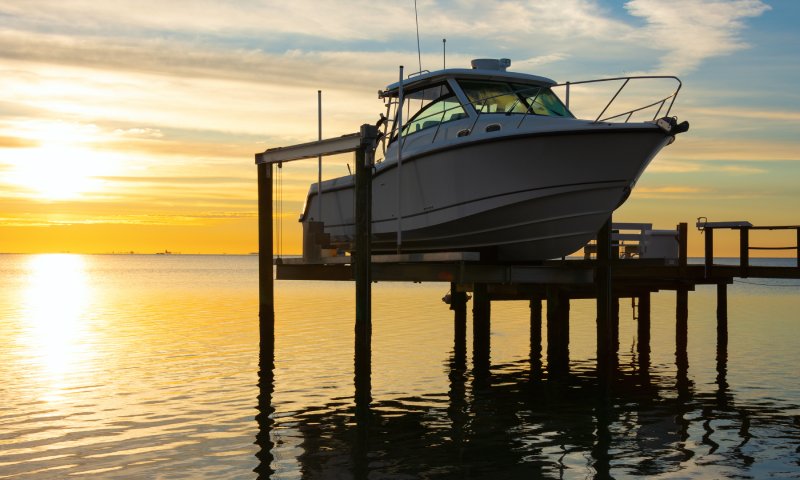Fall Boat Lift Maintenance Tips You Can’t Overlook

As autumn arrives and boating season winds down, many outdoor enthusiasts start thinking about winterizing their vessels. However, one crucial component often gets overlooked in this process: the boat lift. Your boat lift works tirelessly throughout the season, supporting your watercraft and protecting it from the elements.
Fall maintenance extends the life of your boat lift considerably while ensuring safe operation for years to come. Taking time now to inspect, clean, and prepare your lift for the off-season prevents minor issues from becoming major headaches. Whether you own a hydraulic lift, cable-driven system, or pneumatic lift, these maintenance tips will keep your equipment running smoothly and reliably.
Clean and Inspect Your Boat Lift Thoroughly
Start your fall maintenance routine with a comprehensive cleaning and inspection. Remove all debris, algae, and marine growth from the lift structure using a pressure washer or scrub brush with marine-safe cleaning solution. Pay special attention to areas where metal components meet, as these spots often harbor corrosive materials that can cause long-term damage.
During cleaning, examine all structural components for signs of wear, corrosion, or damage. Check for loose bolts, cracked welds, and bent or damaged parts. Aluminum lifts may show signs of corrosion at connection points, while steel lifts might develop rust spots that need immediate attention.
Keep Moving Parts Well-Lubricated
Proper lubrication protects your boat lift’s moving components from corrosion and ensures smooth operation. Apply marine-grade grease to all pivot points, hinges, and mechanical connections. Focus on areas where metal parts move against each other, as these locations experience the most wear and are most susceptible to corrosion.
For cable-driven systems, lubricate the cable guides and pulleys with appropriate marine lubricants. Use only lubricants specifically designed for marine environments, as standard automotive greases can wash away quickly or attract dirt and debris. Apply lubricant liberally to winch mechanisms, ensuring all gears and moving parts receive adequate protection.
Maintain Electrical Systems Properly
Electrical components on boat lifts face constant exposure to moisture and require careful attention during fall maintenance. Start by disconnecting power to the system before beginning any electrical work. Inspect all electrical connections for signs of corrosion, loose connections, or damaged insulation.
Check the condition of your electrical cables, looking for cracks, cuts, or areas where the insulation is wearing through. Water intrusion into electrical systems can cause dangerous short circuits and equipment failure. Replace any damaged cables immediately, and consider upgrading to marine-grade wiring if your current system uses standard electrical cables.
Inspect Cables and Winch Systems
Cable-driven boat lifts depend on properly maintained cables and winch systems for safe operation. Begin by examining all cables for signs of wear, fraying, or corrosion. Run your hand along the entire length of each cable, feeling for broken wires or rough spots that indicate potential failure points.
Look for several key indicators that suggest it’s time for a complete cable replacement. Broken wires visible on the cable surface, significant rust or corrosion, kinks or bends that don’t straighten, and excessive stretching all signal the need for new cables.
Prepare for Winter Weather Conditions
Winter weather presents unique challenges for boat lift equipment. If you live in an area with freezing temperatures, take steps to prevent ice damage to your lift. Lower the lift to its minimum height to reduce exposure to ice movement, but ensure adequate clearance for ice expansion.
Remove standing water from any areas where it might freeze and cause damage. This includes control boxes, hydraulic reservoirs, and any low-lying components. Consider installing bubbler systems or de-icers if your lift remains in the water during winter months.
Schedule professional inspection and service if you discover issues beyond your comfort level or expertise. You can repair many boat lift problems caught early during fall maintenance affordably, while ignored issues often lead to more expensive emergency repairs during peak season.
Would you like to receive similar articles by email?





